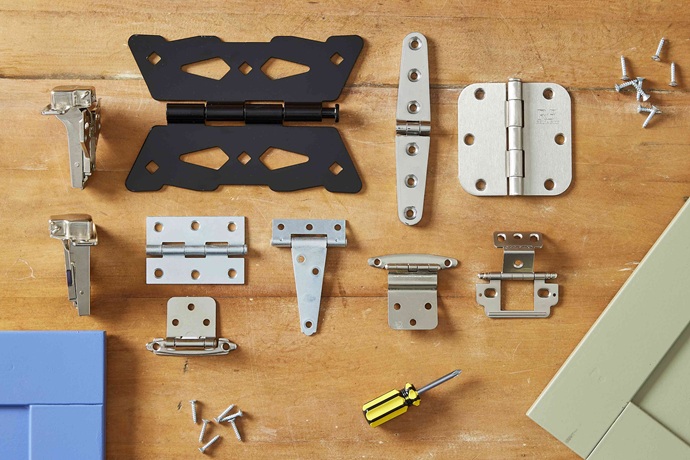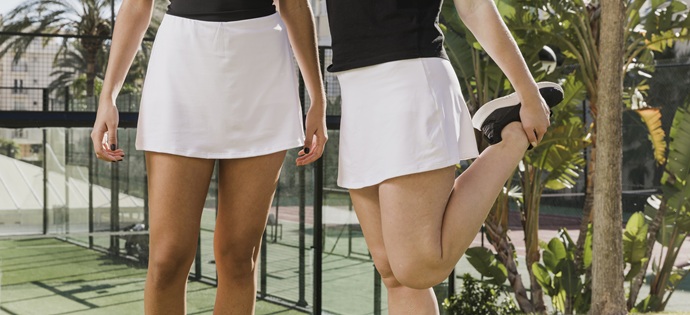Hiking is a great way to spend time outdoors, have fun with the family, and get some exercise. If you are planning a hiking trip, it’s important to consider the essential supplies to bring. Depending on the length of your hike, where you’re going and your experience level, you might need more than just basics like water and snacks. Making sure you have all the essentials is vital for a safe and successful hiking trip.
Backpack, Clothing and Footwear
The first thing you should bring with you on a hike is a backpack. You don’t want to carry your supplies in your hands because that can slow you down or keep you from being able to react quickly should something happen. You also want a backpack that’s big enough for all of your supplies without being too heavy for you to carry.
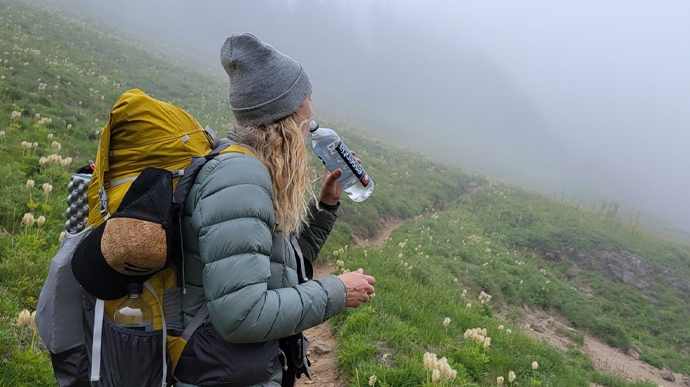
Because of the wide range of temperatures hikers encounter, there is no “perfect” hiking wardrobe. Clothing for a day hike in the summer can be quite different from clothing for a winter trek. Just make sure you’re wearing comfortable clothes that will keep you warm and dry.
Wearing the proper hiking footwear is also important. Many people like hiking boots because they provide better protection for the ankles and feet than do shoes. However, if you’re not used to wearing boots, it may be better to wear shoes until you get used to them, just in case they aren’t as comfortable as regular footwear for long periods of time.
Sleeping Essentials
Sleeping Bag
When buying, the first thing you should do is check the temperature rating of your sleeping bag. This number tells you the lowest temperature at which a normal person should be comfortable in the bag. If you are hiking in an area where temperatures are lower than this rating, you may need to sleep with extra blankets or buy a second bag with a lower temperature rating for those colder nights.
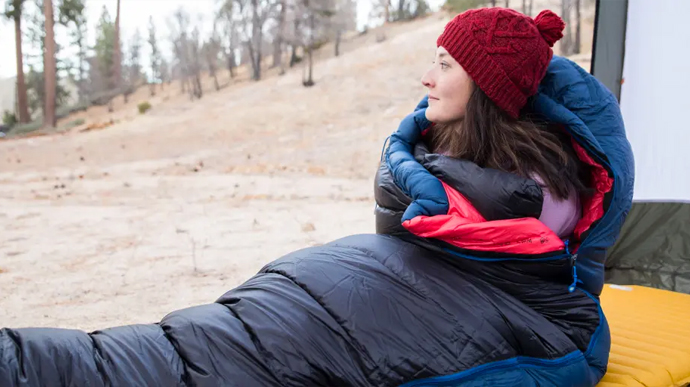
When buying a sleeping bag, it’s also important to check for quality and durability. You don’t want a sleeping bag that tears easily or loses its insulating abilities. Insulation is important because it protects you from the cold air on chilly nights and also from the damp ground on rainy nights.
Before leaving on your trip, make sure that your sleeping bag is clean and dry and that there are no holes or tears in it. A good sleeping bag will last for years if taken care of properly, so try to take good care of yours!
Sleeping Pad
Hiking sleeping pads are the unsung heroes of hiking. They provide a comfortable cushion for your body and your sleeping bag. Your body rests on the pad, making it easier to be comfortable. Sleeping pads can also help you stay warm at night. The best hiking sleeping pads are compact and lightweight. Most models are self-inflating or inflate quickly after you blow into them a few times. The best ones are made mostly of foam and covered in a water-resistant material. This keeps water from seeping into the pad and causes it to lose its insulating value.
Tent camping requires larger sleeping pads, but hiking requires smaller ones that can fit in a backpack. Hiking pads usually measure 20 inches wide by 72 inches long (or 25 inches wide by 72 inches long). When you’re shopping for hiking sleeping pads, consider how important weight is to you. Thicker sleeping pads are heavier but also more comfortable than thin ones. Often, the choice is between being a little uncomfortable or carrying extra weight for added comfort.
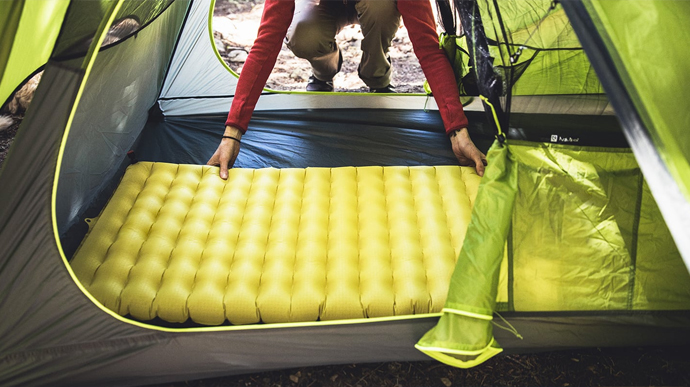
A First Aid Kit
You never know when an injury might occur, so it’s important to have a first aid kit with you at all times. It should include bandages, gauze, medical tape, disinfectant wipes, antibiotic ointment and any medications that you need such as ibuprofen or allergy medicine. Be sure to bring extra adhesive bandages in case of blisters!
Water and Food
Water is one of the most important things you will need while on a hiking trail. You need water to drink, to wash your hands and face, and to cook. You can carry all the water you will need in the form of bottled water. However, it is much better if you take along a filter or purifying tablets. This way, you won’t have to carry as much weight in the form of bottled water. It’s a good idea to bring along your own water filter or purifying tablets with you on every hike, just in case you come across water that you aren’t sure about. If the water looks clean, then it probably is, but if it looks dirty or has particles floating in it, then you should treat it with a filter or purifying tablets before drinking from it.
You should also always bring food when hiking. This isn’t just a suggestion – it’s a must. You could get lost or injured and not be able to get back home unless you have food with you. It’s smart to keep snacks in your backpack even when it’s not an extended hike. Just in case something happens, they’ll come in handy.
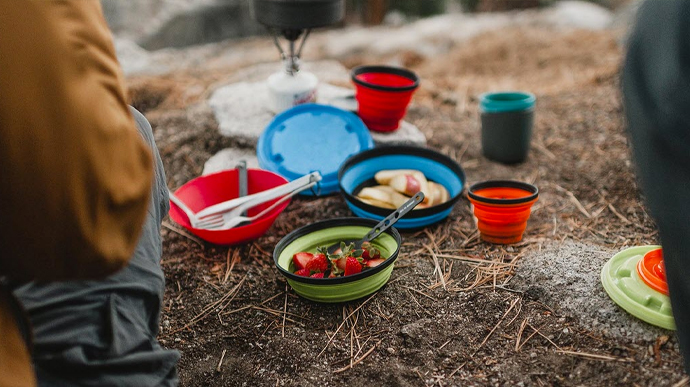
Protect Your Skin
The next thing on the list is sunscreen. You should have at least a few hours worth of sunscreen with you while hiking so that if the sun shines brightly for several hours you will still be protected against harmful UV radiation. There is also the issue of bugs while hiking. You might not think about bugs as much as snakes or bears when it comes to being safe while hiking but bugs can carry diseases like Lyme disease and Rocky Mountain spotted fever that can affect hikers in certain areas during certain times of the year. So it’s important to take precautions to avoid getting bit.
Do Your Research Before You Go
Before your trip, research the area to gain knowledge about the terrain and potential weather conditions. When you hike with family or friends, create a plan that details when to leave, where you will meet if separated, etc. This will help keep things organized and prevent confusion if anyone becomes lost or injured.
The Bottom Line
If you want to experience the serenity of nature and allow yourself to sleep under the stars, then it’s best to prepare for your hiking trip fully. Of course, there are other things you can bring along aside from those listed above. You can bring some plastic bags for trash disposal purposes, a flashlight for safety reasons, and plenty more. But just make sure that you don’t overwhelm yourself with unnecessary items. After all, a backpack should still be used as a tool, not just a storage box.















